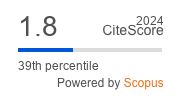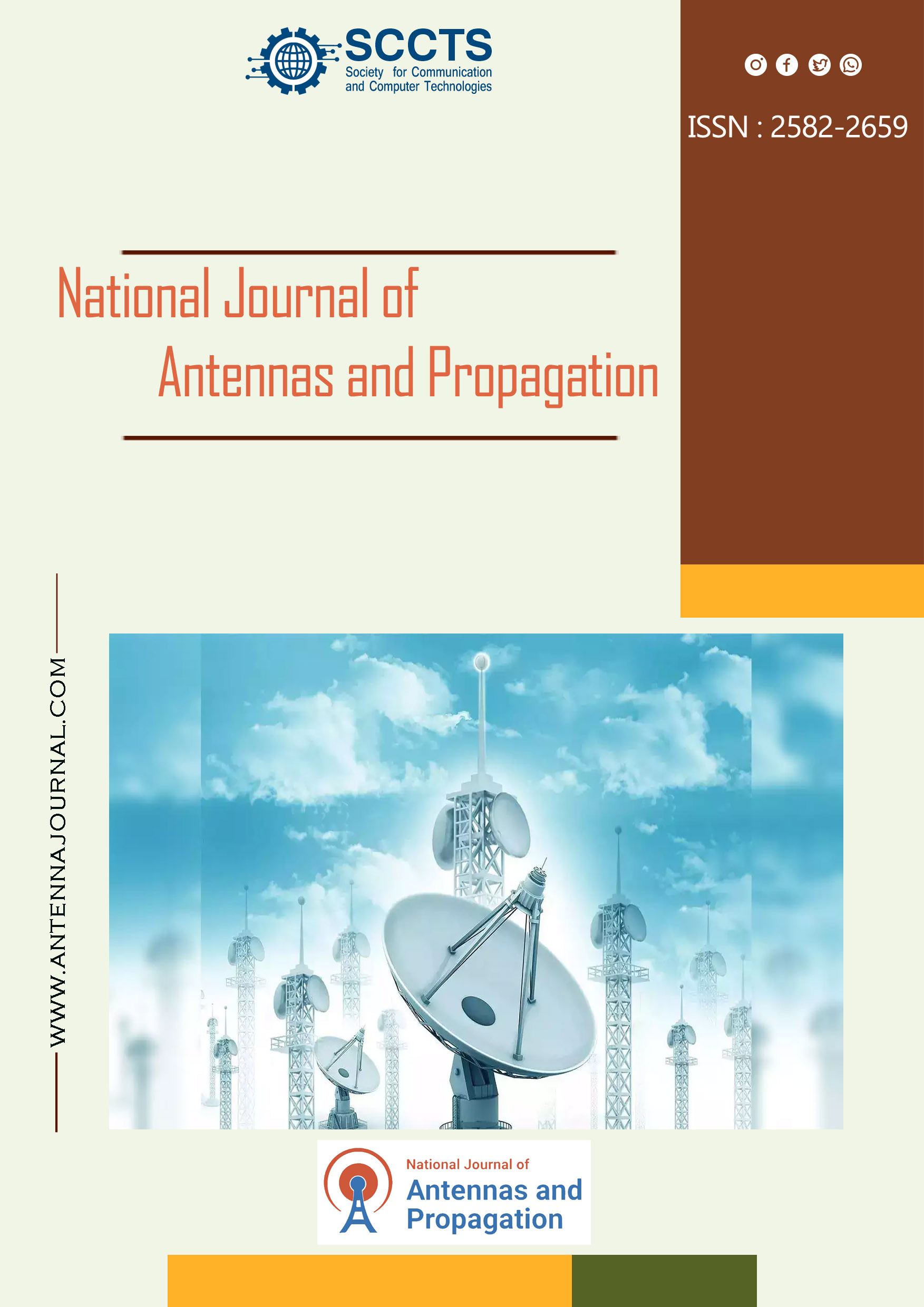Exploring Monopulse Feed Antennas for Low Earth Orbit Satellite Communication: Design, Advantages, and Applications
DOI:
https://doi.org/10.31838/NJAP/04.02.04Keywords:
Antenna design, Transmission line, Antenna array, Antenna theory, Beamforming, MIMO (Multiple Input Multiple Output), Directional antennasAbstract
Monopulse feed antennas represent a crucial component in satellite communication systems, particularly for Low Earth Orbit (LEO) satellites. In this comprehensive review, we delve into the design principles, operational advantages, and diverse applications of monopulse feed antennas in LEO satellite communication. We explore the fundamental concepts of monopulse antenna theory, the factors influencing antenna performance, and the various configurations and implementations of monopulse feed antennas. Additionally, we discuss advanced techniques, optimizations, and emerging trends in monopulse feed antenna design and deployment for LEO satellite constellations. By elucidating the intricacies of monopulse feed antennas, this review aims to provide engineers, researchers, and enthusiasts with valuable insights into maximizing the potential of these antennas for enhancing satellite communication in LEO orbits.










